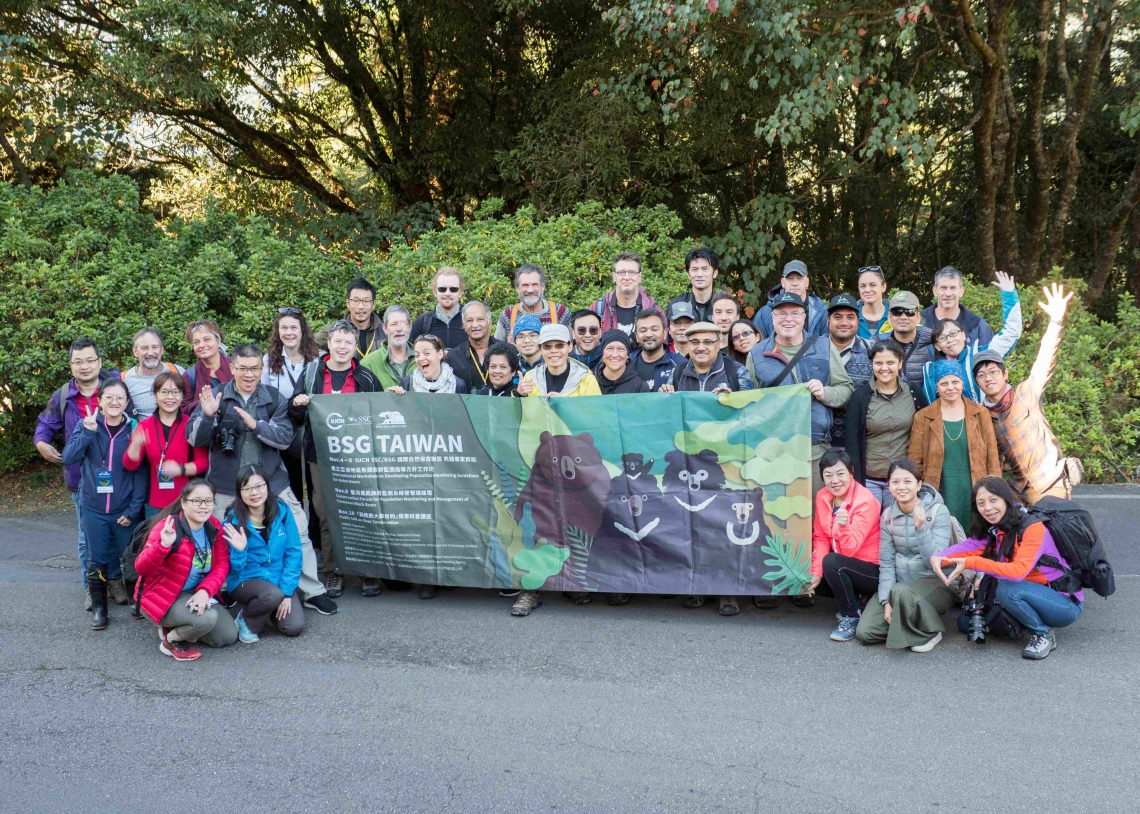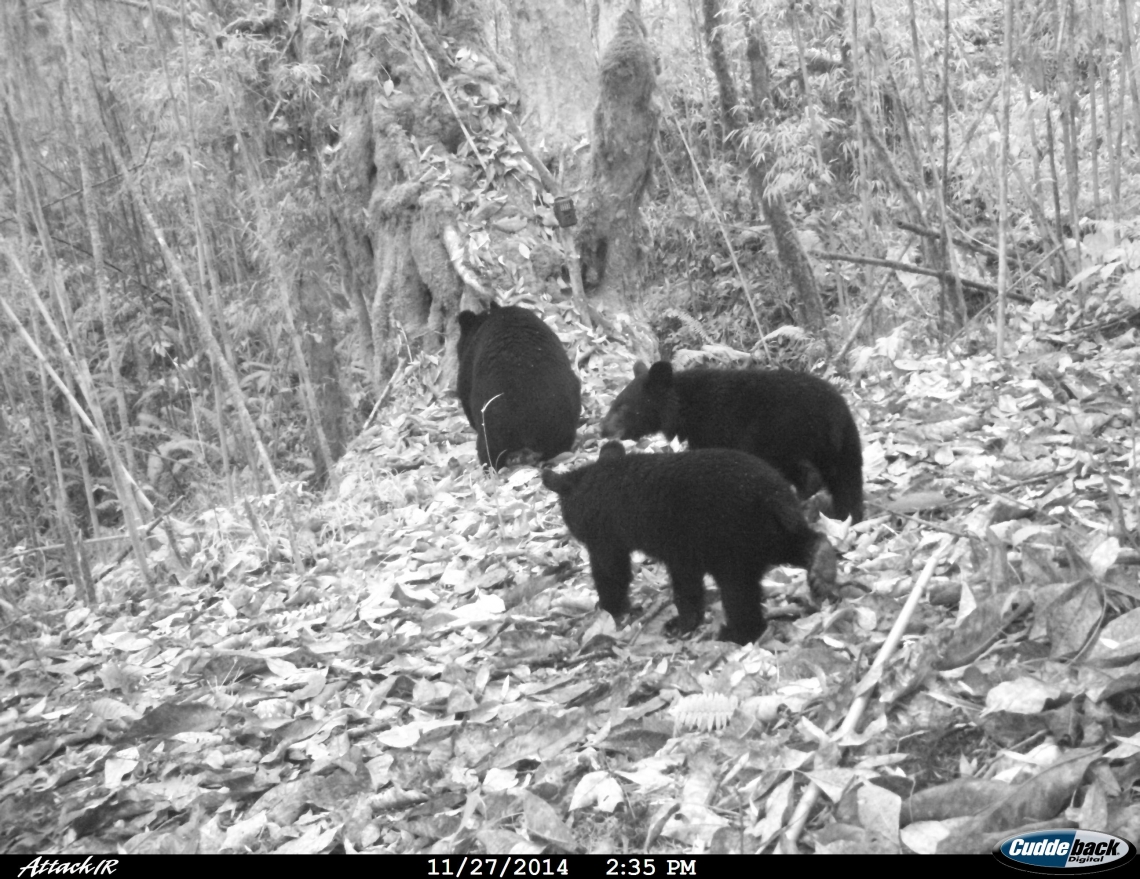Population monitoring is a crucial part of conservation. Accurate monitoring is needed to detect real changes in population size and occupied range. Sometimes monitoring involves actual estimates of population size, but often it focusses just on population trend (percent change in a given amount of time, without knowing actual size). Reliable monitoring is required to detect population declines before it is too late — that is, to highlight places in need of immediate conservation action. Reliable monitoring is also needed while conservation is being conducted so as to gauge how well the actions are working (signaling whether to continue or modify the strategies in process). Monitoring represents the assessment phase of the IUCN Species Survival Commission’s “Assess-Plan-Act-Network-Communicate” conservation cycle (see here).
Among the 6 bear species in Asia, monitoring methods for giant pandas and polar bears are unique to these species, and also reasonably well-established. For the other 4 species — brown bears, Asiatic black bears, sun bears, and sloth bears — population assessments have taken a number of different forms, with varying degrees of rigor. Often, assessments (including that for the Red List of Threatened Species) have been little more than “best guesses”, couched as “expert opinions”, derived from interpretations of habitat conditions, poaching, human–bear conflicts, and anecdotal observations of bears or bear sign. In some cases, targeted assessments have been achieved; however, methods have not been standardized, and the inappropriate use of certain methods persists. Since all of these bear species in Asia are threatened, globally or at a population level, it is critical to improve our monitoring methods.
A workshop on “Developing Population Monitoring Guidelines for Asian Bears” was convened in Taiwan by the BSG and the Taiwan Black Bear Conservation Association in late 2019. At that workshop we created the Asian Bears Monitoring Expert Team. The aim of this expert team is to evaluate, recommend, and design protocols for monitoring bear populations, particularly in Asia. Some of the rigorous, bear-specific monitoring protocols used in North America and Europe are impractical in Asia, due to financial and logistical constraints, low bear densities in some areas, and a host of other threatened species that require attention (precluding specific monitoring of bears). However, there is presently a good deal of camera trapping occurring across many countries in Asia, some targeted at certain species (especially tigers), and some that are general biodiversity surveys, with bears often photographed as “by-catch”. There are various ways of employing these data in monitoring bear populations, and novel techniques being developed at a rapid pace.
The Asian Bear Monitoring ET published a series of 5 papers that examine a variety of field and analytical methods designed to aid researchers and conservationists in increasing the rigor of monitoring protocols, so that real changes in populations can be detected.

Participants, family members, and student observers of 2019 workshop designed to create monitoring guidelines for Asian bears

Camera trapping surveys for tigers across Bhutan yielded numerous by-catch photos of Asiatic black bears. These can be used for bear population monitoring, even if individual animals cannot be distinguished_Sangay Dorji